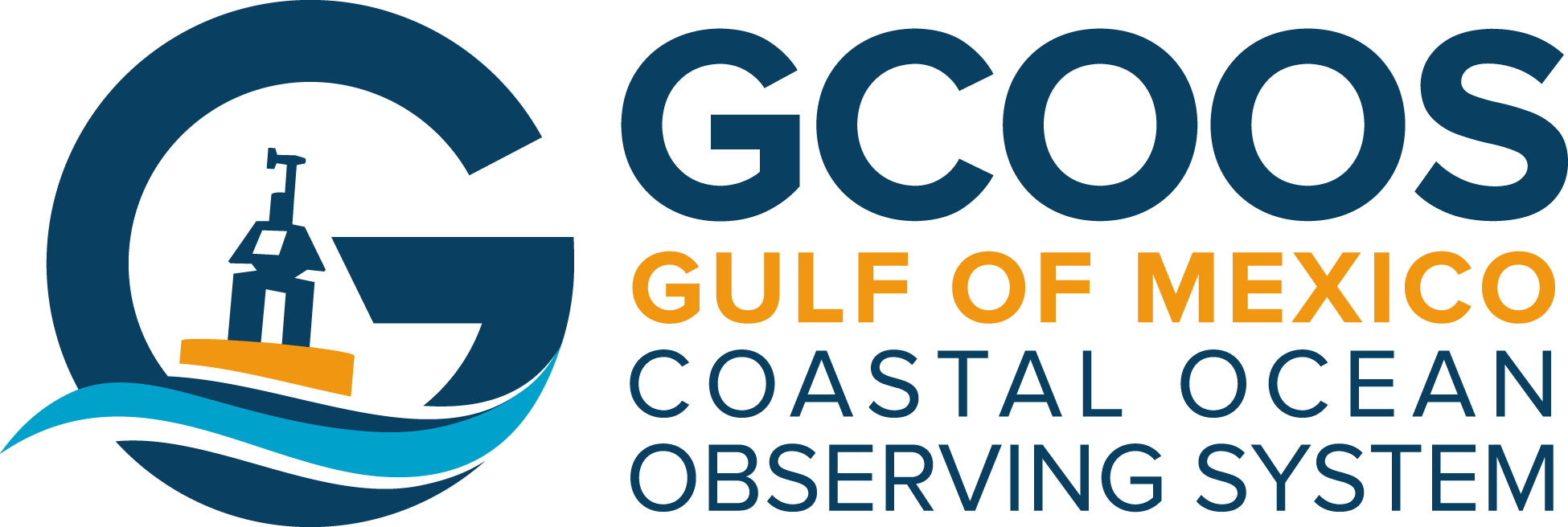Newswise — The Gulf of Mexico Coastal Ocean Observing System Regional Association (GCOOS-RA) has released a new five-year Strategic Plan designed to provide a roadmap for developing ocean tools, technologies and applications that will improve ocean forecasts, as well as our ability to protect the environment and support human safety and the Gulf economy.
GCOOS is one of 11 regional systems nationwide under the banner of the U.S. Integrated Ocean Observing System, an integrated network of people and technology gathering observing data and developing tracking and predictive tools to benefit the economy, the environment and public safety at home, across the nation, and around the globe. In particular, GCOOS provides on-demand information about the Gulf’s coastal and open ocean waters.
The new GCOOS Strategic Plan 2017-2022 was based in-part on the input given by more than 630 individuals from 297 distinct organizations since 2005 and developed by the GCOOS Board of Directors and staff members. The Plan was unveiled during GCOOS’s recent board meeting and focuses on four key areas identified as most important by stakeholders and includes several themes that cut across each focus area.
“The next five years will be a critical period for the Gulf’s observing system,” said Dr. Barbara Kirkpatrick, GCOOS Executive Director. “Since becoming the U.S. IOOS regional coordinating entity in 2005, we have made a lot of progress in developing a system that responds to stakeholder needs and truly helps support their activities in the Gulf — everything from navigational safety for the shipping industry and recreational boaters, to identifying the movement of harmful algal blooms along our coasts so we can protect public health. But we saw during the 2010 Deepwater Horizon disaster that we have gaps in the system that need to be filled. This Plan identifies where resources are most needed to fill known gaps.”
Today’s release of the movie “Deepwater Horizon” once again draws attention to the explosion that left 11 men dead and created the largest man-made environmental disaster in the nation’s history. The movie focuses on the real human tragedy of the disaster — on the lives of those lost and on those who escaped from the burning rig — even as the environmental effects left by the 200 million gallons of oil that spilled into the Gulf are still playing out today.
The Gulf of Mexico is a national asset for its energy production and maritime operations, Kirkpatrick said. “Oil and gas leases are in deeper waters than ever and when the next spill occurs, we will need to answer the same questions: Where is the oil? Where is it going? We have an opportunity now to develop a comprehensive observing system in the Gulf so that we are fully prepared to answer those questions and can quickly respond to protect human lives and resources. The need is now greater than ever.”
Marine operations — such as those undertaken during oil and gas drilling — is one of the key focus areas in the new GCOOS Strategic Plan. The others are coastal hazards, healthy ecosystems & living resources and human health & safety. “The Gulf of Mexico has a wide variety of stakeholders who have many different interests,” Kirkpatrick said. “But each fits into one of these four key focus areas and will help us ensure that we are undertaking activities that allow us to meet their needs.”
The Plan includes some clear priorities:• An expanded network of high-frequency radar assets in the Gulf and Southeast Atlantic — increased accuracy and more timely predictions can be vital when coastlines are at risk from hurricanes and oil spills but especially for pinpointing the location of missing people and vessels.• Additional autonomous underwater vehicles (AUVs) — sensors on these platforms were tremendously valuable in locating oil below the surface during the DWH spill and in subsequent tracking of its movement following the explosion.• Better models — necessary to support actions that improve coastal resilience.
GCOOS’s continued partnership with its 151 members, stakeholders across the Gulf and at key federal and state agencies and nongovernmental organizations will be necessary to fully realize the goals laid out in this Strategic Plan, Kirkpatrick said. But it will also depend on funding.
“Right now, with funds available from the financial settlement from BP and other entities, we have a once-in-a-lifetime opportunity to install a more comprehensive system that will allow us to achieve this shared vision,” Kirkpatrick said. “There has been much discussion about widespread coordination for Gulf monitoring and observations. But the question remains, will we take action?”
Read the plan at: http://issuu.com/gcoos-ra/docs/gcoos-stratplan-and-addendum?e=19219965/38953526
